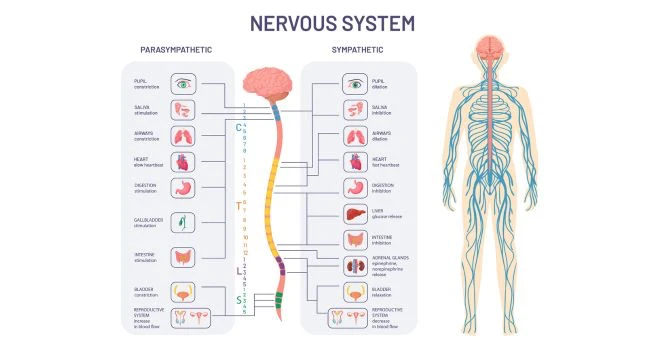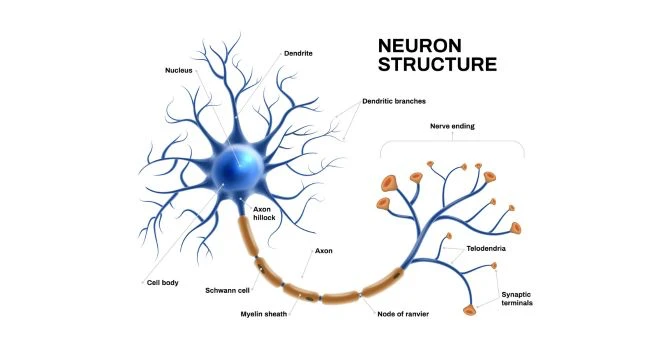Freud divided the structural theory of mind in three dynamic structures,
- The ID
- The Ego
- The super ego
The ID
The original mental state in which the new born baby is born is theorised to be the ‘id’.
It is totally unconscious and having the basic natural drives and instincts required for survival, sexual drive and aggression.
It is based on the primary process thinking and is based on the pleasure principle, lacking any direct link to reality.The only urge of these drives is immediate gratification.
The Ego
After experiencing reality, the ego develops and is therefore guided by the reality principle.
It is predominantly conscious though some parts (such as ego defense mechanisms) are unconscious. Ego maintains the balance between the id and the super ego on one hand and the reality on the other.
Ego is the seat of conscious, intellectual, self-preservative and defensive functions of mental apparatus.
The Super Ego
The super ego is predominantly an unconscious subdivision of the mental apparatus that develops from the ego.
It is concerned with the moral standards and has two parts,
- A Punitive conscience
- A Non-Punitive ego ideal
Both derive the effect of parental influence on the ego.
This influence is not only of the actual parents but also of the immediate family members, religion and important people in the surrounding environment including celebrities.
The criticism, prohibitions, guilt arousing statements and punishments are introjected as conscience.
On the other hand, approvals and rewards become introjected as the ego ideal, which later is involved in setting up of personal goals and aspirations.













